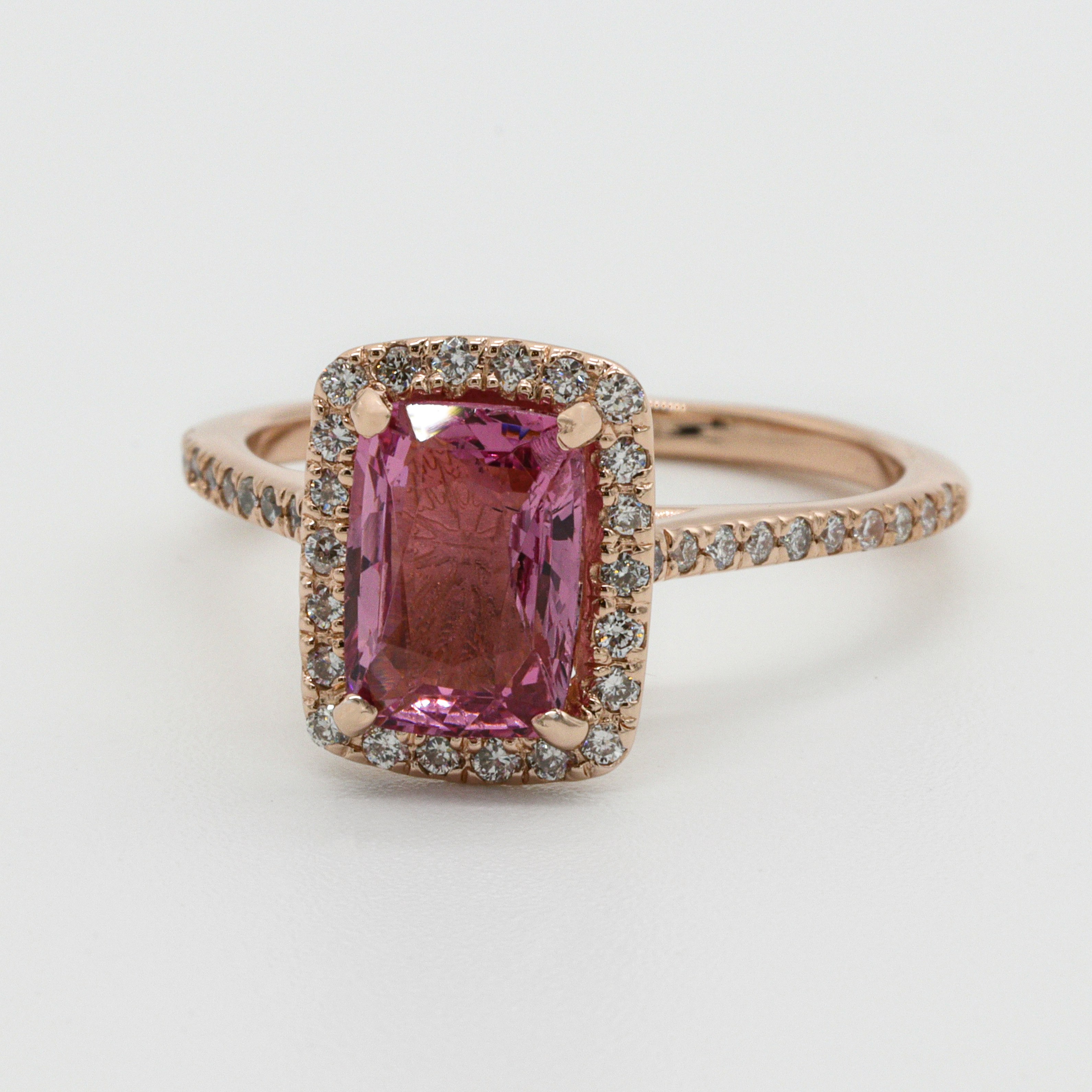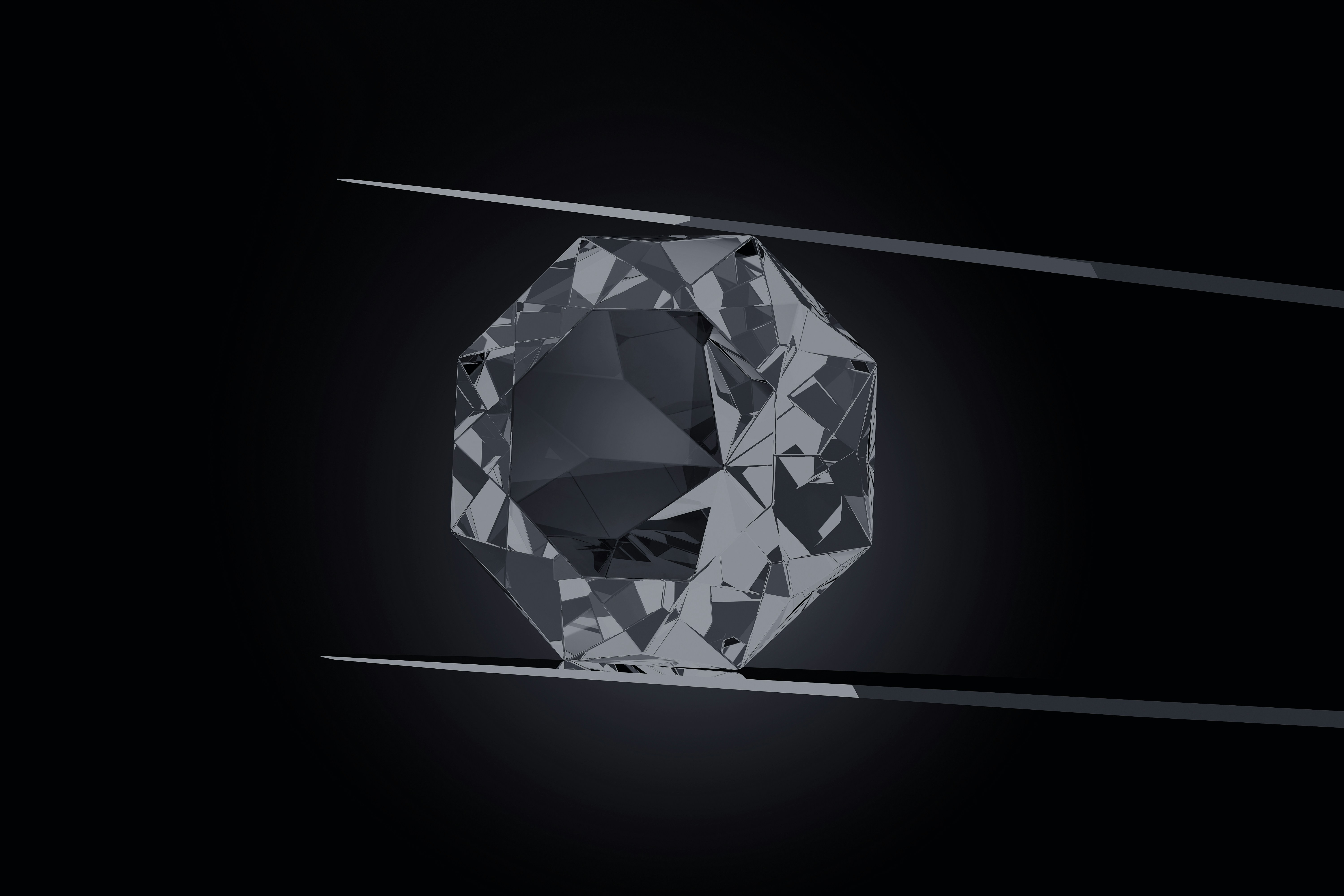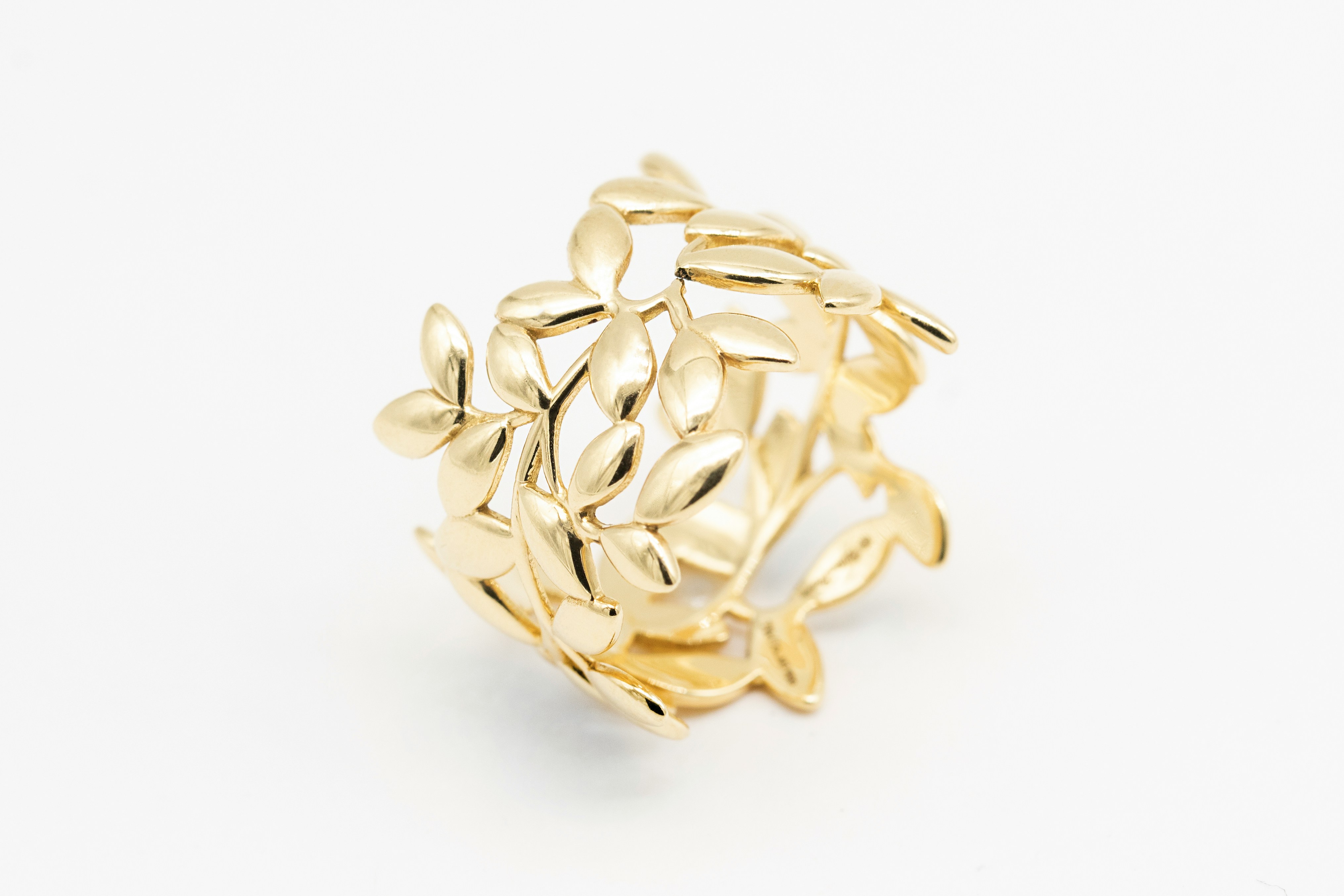Vintage Bailey Banks Biddle Jewelry
Alexander Kellerson

Introduction to Vintage Bailey Banks Biddle Jewelry
Vintage Bailey Banks Biddle jewelry holds a special place in the hearts of collectors and jewelry enthusiasts. Known for its timeless elegance and exquisite craftsmanship, these pieces are treasured for their historical significance and beauty. In this article, we will explore the fascinating world of Bailey Banks Biddle jewelry, from its rich history to the intricate designs that have made it iconic.
History of Bailey Banks Biddle
Bailey Banks Biddle, established in 1832, has a storied history that spans nearly two centuries. Originally founded in Philadelphia, the company quickly became renowned for its exceptional jewelry and silverware. Over the years, Bailey Banks Biddle has catered to a prestigious clientele, including American presidents and European royalty. This section delves into the origins of the company and its rise to prominence in the jewelry industry.
Throughout its history, Bailey Banks Biddle has been synonymous with quality and innovation. The company's ability to adapt to changing styles and trends has ensured its enduring popularity. From the Victorian era to the present day, Bailey Banks Biddle has consistently produced jewelry that reflects the artistic movements of the times while maintaining its commitment to superior craftsmanship.
Significant Designs and Collections
Bailey Banks Biddle is celebrated for its unique designs and collections that reflect the artistry and innovation of different eras. From Art Nouveau to Art Deco, each period brought forth distinctive styles that have captivated collectors. This section highlights some of the most significant designs and collections, showcasing the diversity and creativity of Bailey Banks Biddle jewelry.
One of the most iconic collections is the Art Nouveau line, characterized by its flowing lines and nature-inspired motifs. The Art Deco collection, on the other hand, features bold geometric patterns and vibrant gemstones. Each piece from these collections not only represents the aesthetic of its time but also the high standards of craftsmanship that Bailey Banks Biddle is known for.
Materials and Craftsmanship
The hallmark of Bailey Banks Biddle jewelry lies in its superior materials and craftsmanship. Utilizing the finest gemstones, precious metals, and intricate techniques, each piece is a testament to the jeweler's dedication to quality. This section explores the materials used in Bailey Banks Biddle jewelry and the meticulous craftsmanship that sets it apart from other brands.
Bailey Banks Biddle's commitment to excellence is evident in their choice of materials. The use of high-quality diamonds, emeralds, sapphires, and other gemstones ensures that each piece not only looks stunning but also retains its value over time. Additionally, the company's skilled artisans employ traditional techniques such as hand engraving and filigree work, which add to the uniqueness and charm of each jewelry piece.
Identifying Authentic Bailey Banks Biddle Jewelry
As with any valuable vintage jewelry, authenticity is crucial. This section provides tips and guidelines for identifying genuine Bailey Banks Biddle pieces, including hallmarking, design characteristics, and provenance. Understanding these key elements will help collectors and buyers make informed decisions.
One of the first steps in identifying authentic Bailey Banks Biddle jewelry is to look for the maker's mark. Typically, this includes the company name or initials, along with other hallmarks indicating metal purity. Additionally, examining the design details, such as the quality of the setting and the cut of the gemstones, can provide clues to the piece's authenticity. Provenance, or the documented history of ownership, also plays a significant role in verifying a piece's authenticity.
Popular Pieces and Their Value
Certain pieces of Bailey Banks Biddle jewelry have achieved iconic status and command high prices in the market. From engagement rings to statement necklaces, this section discusses some of the most popular pieces, their historical significance, and their current value in the vintage jewelry market.
Engagement rings from Bailey Banks Biddle are particularly sought after, known for their exquisite settings and high-quality diamonds. Vintage pieces from the early 20th century, especially those featuring intricate designs and rare gemstones, are highly valued by collectors. Other popular items include brooches, pendants, and bracelets, each showcasing the exceptional craftsmanship that defines Bailey Banks Biddle jewelry.
Caring for Vintage Bailey Banks Biddle Jewelry
Proper care and maintenance are essential to preserve the beauty and longevity of vintage jewelry. This section offers practical advice on how to care for and clean Bailey Banks Biddle pieces, ensuring they remain in pristine condition for years to come.
To care for your Bailey Banks Biddle jewelry, it is recommended to store each piece separately to avoid scratches and tangling. Use a soft cloth to clean the jewelry, and avoid exposing it to harsh chemicals or extreme temperatures. Regular inspections by a professional jeweler can help identify any potential issues early, ensuring that your pieces remain in excellent condition.
Collecting Tips and Market Trends
For those interested in starting or expanding their collection of Bailey Banks Biddle jewelry, this section provides valuable tips and insights. From understanding market trends to identifying investment-worthy pieces, readers will gain a comprehensive guide to navigating the world of vintage jewelry collecting.
When collecting Bailey Banks Biddle jewelry, it is important to stay informed about current market trends. Researching recent auction results and dealer prices can provide a good indication of a piece's value. Additionally, focusing on pieces with unique designs, rare gemstones, or historical significance can be a smart investment strategy. Building relationships with reputable dealers and attending jewelry shows can also enhance your collecting experience.
Where to Buy Vintage Bailey Banks Biddle Jewelry
Finding reputable sources to purchase vintage Bailey Banks Biddle jewelry is crucial for collectors. This section lists trusted dealers, auction houses, and online platforms where buyers can find authentic pieces. It also includes tips on what to look for when buying vintage jewelry.
Reputable dealers and auction houses are excellent sources for authentic Bailey Banks Biddle jewelry. Establishments such as Sotheby's and Christie's often feature these pieces in their fine jewelry auctions. Online platforms like 1stDibs and Ruby Lane also offer a wide selection of vintage Bailey Banks Biddle jewelry. When purchasing online, always check the seller's credentials and reviews to ensure a safe and satisfactory transaction.
Conclusion: The Timeless Appeal of Bailey Banks Biddle
In conclusion, vintage Bailey Banks Biddle jewelry remains a symbol of elegance and sophistication. Its rich history, exquisite designs, and unmatched craftsmanship make it a cherished addition to any jewelry collection. Whether you are a seasoned collector or a new enthusiast, the allure of Bailey Banks Biddle jewelry is timeless and enduring.
Owning a piece of Bailey Banks Biddle jewelry is not just about possessing a beautiful item; it is about holding a piece of history. Each piece tells a story, reflecting the artistry and dedication of its creators. The enduring appeal of Bailey Banks Biddle jewelry ensures that it will continue to be cherished and admired for generations to come.





